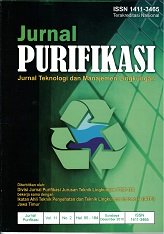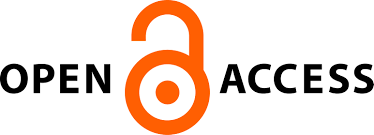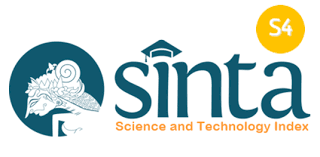PILIHAN TEKNOLOGI UNTUK PENGOLAHAN AIR LIMBAH DOMESTIK DI DAERAH PERI-URBAN DAN PERDESAAN DI JAWA TIMUR
Main Article Content
Abstract
Sanitation is one of the infrastructures, which must be provided by the Government. The service coverage of wastewater treatment in peri-urban and rural areas is very poor in Indonesia. The Indonesian Government through Presidential Regulation no. 10/2010 endorses this coverage to be improved, both in urban and rural area. There are different technologies to treat wastewater which have been widely used in the public. The technologies must comply with relevant standards in Indonesia. This study was aimed to access different type of technologies, which have been commonly adopted by the community. Not only the acceptance of the technologies is accessed, but the understanding about the technologies is also explored, using a case study of East Java Province. Methods to access include literature study, field observation, group discussion, and interview. Target groups for the assessment are leaders and staff from central and provincial government, regency and municipality government, and district and village authorities. International donors like the World Bank and Asian Development Bank which work in sanitation sector are also targeted. Furthermore, non government organizations (NGOs), formal and informal local leaders, and the communities are also part of the assessment. Based on the current standards, the most widely accepted technology to treat domestic wastewater in the study area is pour flush toilet with septic tank, both for individual and communal system. Anaerobic baffled reactor (ABR) is well-known in the study area which is used for communal system as on-site and off-site system. The ABR produces biogas as a by-product. Feed-backs from the communities like risk assessment and proposed criteria for the technology are also compiled.
Downloads
Article Details
Submission of a manuscript to Jurnal Purifikasi means that the work has never been published in another journal and is not under consideration for publication elsewhere. The author hereby agrees to submit the copyright of the manuscript and its contents to Jurnal Purifikasi, if accepted for publication. Accepted manuscripts will be published in printed form where the ISSN is bound in printed form, not in online form (pdf). Authors are not allowed to publish their work in other forms (journals) without permission from the Jurnal Purifikasi manager.
By submitting a manuscript, the author is deemed to know all the rights and obligations attached to each manuscript.








